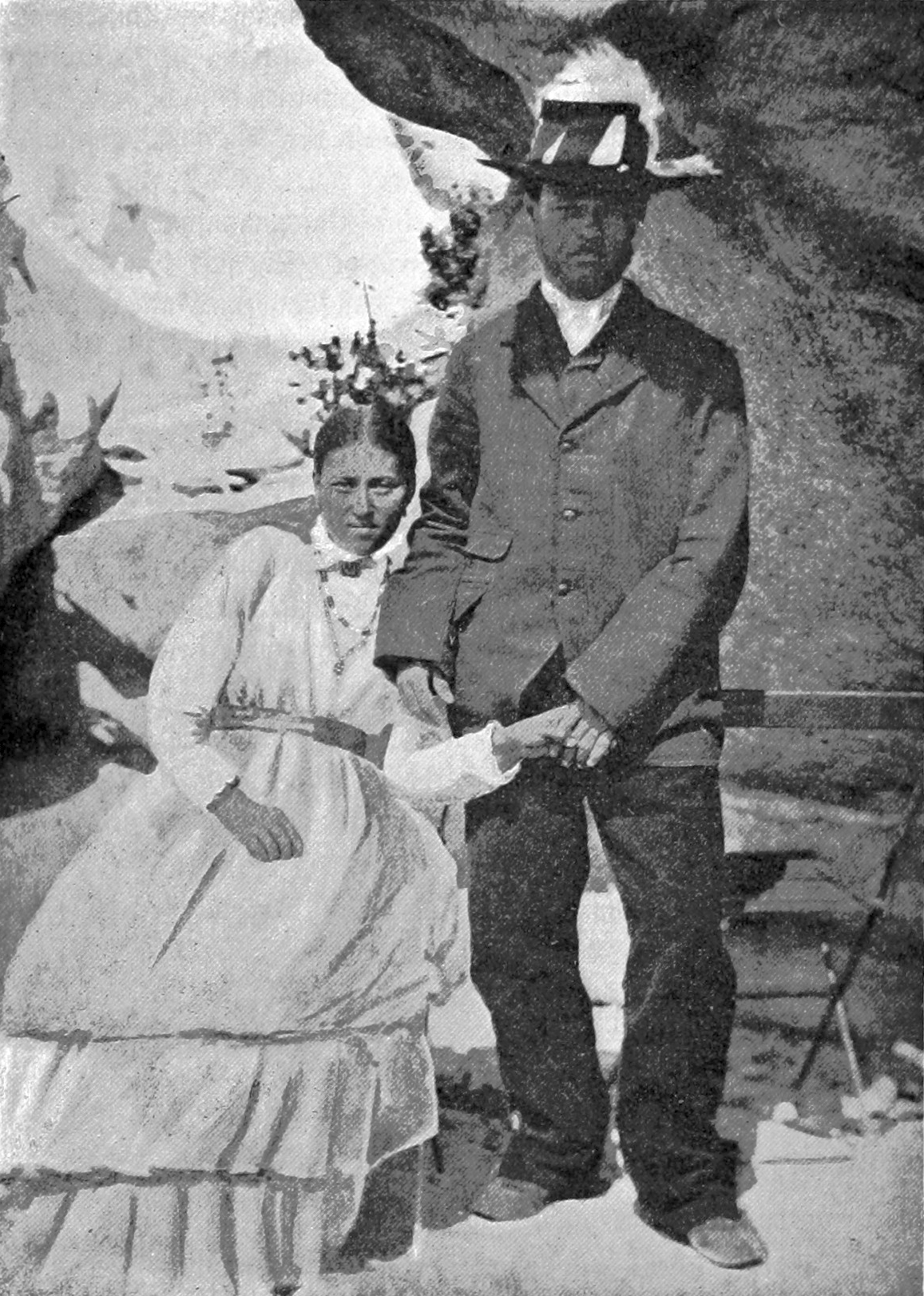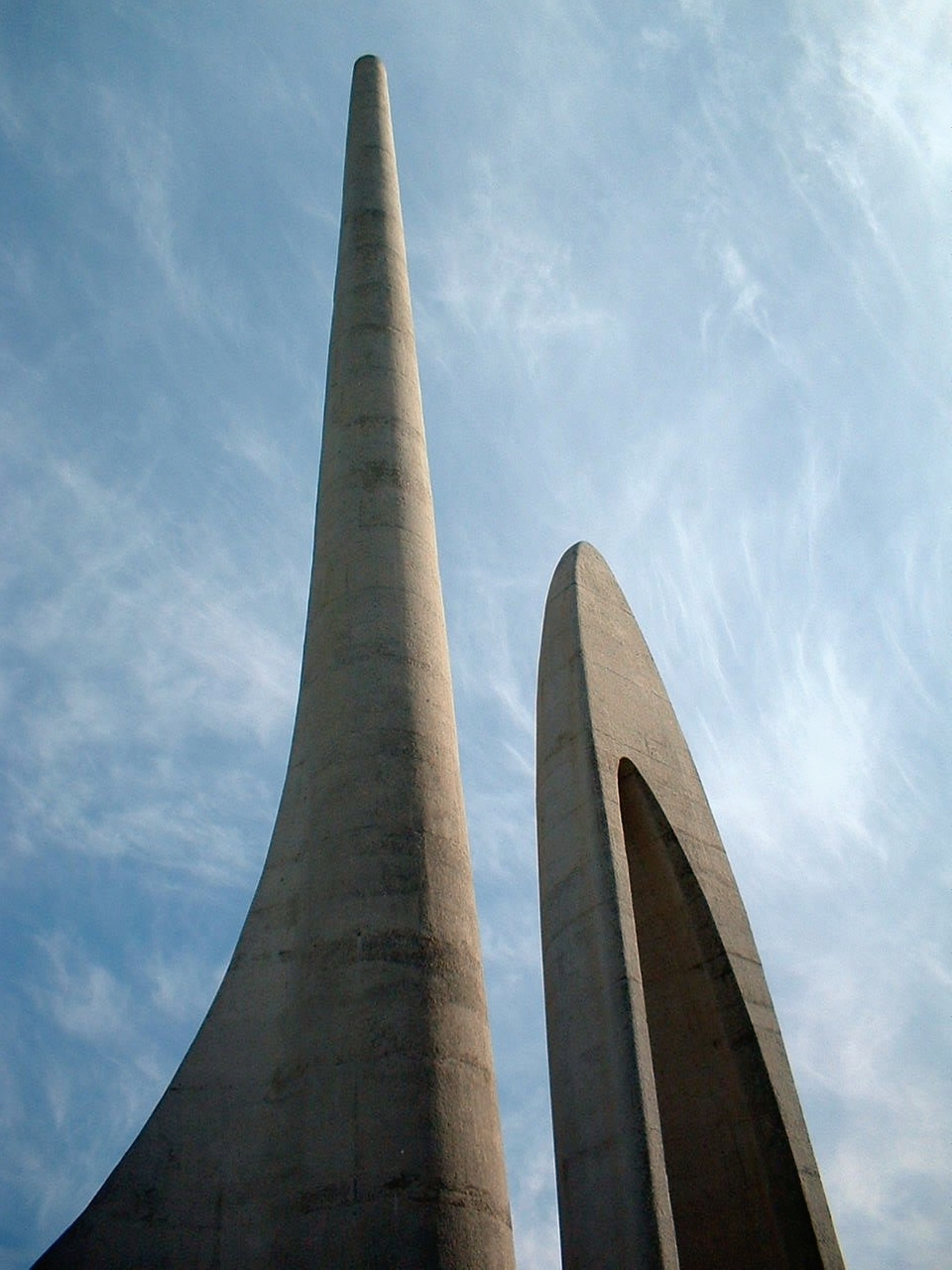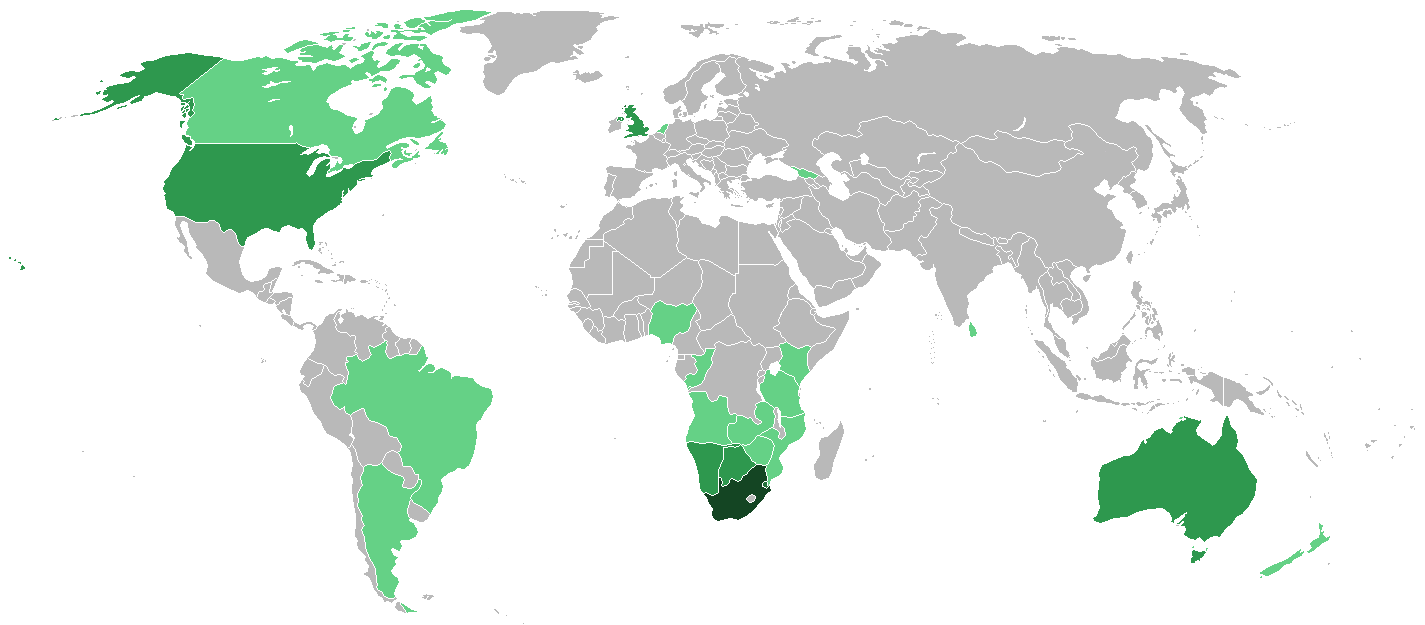|
Coloureds
Coloureds () are multiracial people in South Africa, Namibia and, to a smaller extent, Zimbabwe and Zambia. Their ancestry descends from the interracial mixing that occurred between Europeans, Africans and Asians. Interracial mixing in South Africa began in the 17th century in the Dutch Cape Colony where the Dutch men mixed with Khoi Khoi women, Bantu women and Asian female slaves, producing mixed race children. Eventually, interracial mixing occurred throughout South Africa and the rest of Southern Africa with various other European nationals (such as the Portuguese, British, Germans, Irish etc.) who mixed with other African tribes which contributed to the growing number of mixed-race people, who would later be officially classified as Coloured by the apartheid government. ''Coloured'' was a legally defined racial classification during apartheid referring to anyone not white or of the black Bantu tribes, which effectively largely meant people of colour. The majority of ... [...More Info...] [...Related Items...] OR: [Wikipedia] [Google] [Baidu] |
Cape Coloureds
Cape Coloureds () are a South African group of Coloured people who are from the Cape region in South Africa which consists of the Western Cape, Northern Cape and the Eastern Cape. Their ancestry comes from the interracial mixing between the European, the indigenous Khoi and San, the Xhosa plus other Bantu people, indentured labourers imported from the British Raj, slaves imported from the Dutch East Indies, immigrants from the Levant or Yemen (or a combination of all). Eventually, all these ethnic and racial groups intermixed with each other, forming a group of mixed-race people that became known as the "Cape Coloureds". Demographics Although Coloureds represent only 8.15% of people within South Africa, they make up 42.1% of the population in the Western Cape, representing a plurality of the population of the province. (according to the 2022 South African census) They are generally bilingual, speaking Afrikaans and English, though some speak only one of these. So ... [...More Info...] [...Related Items...] OR: [Wikipedia] [Google] [Baidu] |
White South Africans
White South Africans are South Africans of European descent. In linguistic, cultural, and historical terms, they are generally divided into the Afrikaans-speaking descendants of the Dutch East India Company's original colonists, known as Afrikaners, and the Anglophone descendants of predominantly British colonists of South Africa. White South Africans are by far the largest population of White Africans. ''White'' was a legally defined racial classification during apartheid. White settlement in South Africa began with Dutch colonisation in 1652, followed by British colonisation in the 19th century, which led to tensions and further expansion inland by Boer settlers. Throughout the 19th and 20th centuries, waves of immigrants from Europe and continued to grow the white population, which peaked in the mid-1990s. Under apartheid, strict racial classifications enforced a legal and economic order that privileged the white minority. Post-apartheid reforms such as Black Economic ... [...More Info...] [...Related Items...] OR: [Wikipedia] [Google] [Baidu] |
South Africa
South Africa, officially the Republic of South Africa (RSA), is the Southern Africa, southernmost country in Africa. Its Provinces of South Africa, nine provinces are bounded to the south by of coastline that stretches along the Atlantic Ocean, South Atlantic and Indian Ocean; to the north by the neighbouring countries of Namibia, Botswana, and Zimbabwe; to the east and northeast by Mozambique and Eswatini; and it encloses Lesotho. Covering an area of , the country has Demographics of South Africa, a population of over 64 million people. Pretoria is the administrative capital, while Cape Town, as the seat of Parliament of South Africa, Parliament, is the legislative capital, and Bloemfontein is regarded as the judicial capital. The largest, most populous city is Johannesburg, followed by Cape Town and Durban. Cradle of Humankind, Archaeological findings suggest that various hominid species existed in South Africa about 2.5 million years ago, and modern humans inhabited the ... [...More Info...] [...Related Items...] OR: [Wikipedia] [Google] [Baidu] |
Mulatto
( , ) is a Race (human categorization), racial classification that refers to people of mixed Sub-Saharan African, African and Ethnic groups in Europe, European ancestry only. When speaking or writing about a singular woman in English, the word is (). The use of this term began in the United States shortly after the Atlantic slave trade began and its use was widespread, derogatory and disrespectful. After the post Civil Rights Era, the term is now considered to be both outdated and offensive in the United States. In other Anglophone countries (the English-speaking world) such as English and Dutch-speaking West Indian countries, the word mulatto is still used. Countries with the highest percentages of persons who have equally high European and African ancestry — ''Mulatto'' — are the Dominican Republic (74%) and Cape Verde (71%). Mulattos in many Latin American countries, aside from predominately European and African ancestry, usually also have slight indigenous ad ... [...More Info...] [...Related Items...] OR: [Wikipedia] [Google] [Baidu] |
Griquas
The Griquas are a subgroup of mixed-race heterogeneous formerly-Xiri-speaking nations in South Africa with a unique origin in the early history of the Dutch Cape Colony. Text was copied from this source, which is available under a Creative Commons license. Like the Boers, they migrated inland from the Cape and in the 19th century established several states in what is now South Africa and Namibia. The Griqua consider themselves as being South Africa’s first multiracial nation with people descended directly from Dutch settlers in the Cape, and local peoples. History Griqua was the name given to a mixed-race culture in the Cape Colony of South Africa, around the 17th and 18th centuries (Taylor, 2020). They were also known as Hottentots before Europeans arrived in their lands where they lived as close-knit families. Griqua people’s multiple historical backgrounds have interwoven with rigid apartheid classification, academic attempts to fix the parameters of Griqua identity and ... [...More Info...] [...Related Items...] OR: [Wikipedia] [Google] [Baidu] |
Rehoboth Basters
The Basters (also known as Baasters, Rehobothers, or Rehoboth Basters) are a Southern African ethnic group descended from Cape Coloureds and Nama of Khoisan origin. Since the second half of the 19th century, the Rehoboth Baster community has been concentrated in central Namibia, in and around the town of Rehoboth. Basters are closely related to Afrikaners, Cape Coloureds, and Griquas of South Africa and Namibia, with whom they share a largely Afrikaner-influenced culture and Afrikaans language. Other groups of similar mixed ethnic origin, living chiefly in the Northern Cape, also refer to themselves as Basters. The name ''Baster'' is derived from "bastaard", the Dutch word for " bastard" or "mongrel". While some people consider this term demeaning, the Basters reappropriated it as an ethnonym, in spite of the negative connotation. Their 7th Kaptein is Jacky Britz, elected in 2021; he has no official status under the Namibian constitution. The Chief's Council of Rehoboth was ... [...More Info...] [...Related Items...] OR: [Wikipedia] [Google] [Baidu] |
Basters
The Basters (also known as Baasters, Rehobothers, or Rehoboth Basters) are a Southern African ethnic group descended from Cape Coloureds and Nama of Khoisan origin. Since the second half of the 19th century, the Rehoboth Baster community has been concentrated in central Namibia, in and around the town of Rehoboth. Basters are closely related to Afrikaners, Cape Coloureds, and Griquas of South Africa and Namibia, with whom they share a largely Afrikaner-influenced culture and Afrikaans language. Other groups of similar mixed ethnic origin, living chiefly in the Northern Cape, also refer to themselves as Basters. The name ''Baster'' is derived from "bastaard", the Dutch word for " bastard" or "mongrel". While some people consider this term demeaning, the Basters reappropriated it as an ethnonym, in spite of the negative connotation. Their 7th Kaptein is Jacky Britz, elected in 2021; he has no official status under the Namibian constitution. The Chief's Council of Rehoboth wa ... [...More Info...] [...Related Items...] OR: [Wikipedia] [Google] [Baidu] |
Afrikaans
Afrikaans is a West Germanic languages, West Germanic language spoken in South Africa, Namibia and to a lesser extent Botswana, Zambia, Zimbabwe and also Argentina where there is a group in Sarmiento, Chubut, Sarmiento that speaks the Patagonian Afrikaans, Patagonian dialect. It evolved from the Dutch language, Dutch vernacular of South Holland (Hollandic dialect) spoken by the free Burghers, predominantly Dutch settlers and slavery in South Africa#Dutch rule, enslaved population of the Dutch Cape Colony, where it gradually began to develop distinguishing characteristics in the 17th and 18th centuries. Although Afrikaans has adopted words from other languages including German language, German, Malay language, Malay and Khoisan languages, an estimated 90 to 95% of the vocabulary of Afrikaans is of Dutch origin. Differences between Afrikaans and Dutch often lie in the more analytic language, analytic Morphology (linguistics), morphology and grammar of Afrikaans, and differ ... [...More Info...] [...Related Items...] OR: [Wikipedia] [Google] [Baidu] |
Afrikaners
Afrikaners () are a Southern African ethnic group descended from predominantly Dutch people, Dutch Settler colonialism, settlers who first arrived at the Cape of Good Hope in Free Burghers in the Dutch Cape Colony, 1652.Entry: Cape Colony. ''Encyclopædia Britannica Volume 4 Part 2: Brain to Casting''. Encyclopædia Britannica, Inc. 1933. James Louis Garvin, editor. Until 1994, they dominated South Africa's politics as well as the country's commercial agricultural sector. Afrikaans, a language which evolved from the Hollandic Dutch, Dutch dialect of South Holland, is the First language, mother tongue of Afrikaners and most Cape Coloureds. According to the 2022 South African census, South African National Census of 2022, 10.6% of South Africans claimed to speak Afrikaans as a first language at home, making it the country's third-largest home language after Zulu language, Zulu and Xhosa language, Xhosa. The arrival of Portugal, Portuguese explorer Vasco da Gama at Calicut, In ... [...More Info...] [...Related Items...] OR: [Wikipedia] [Google] [Baidu] |
Khoikhoi
Khoikhoi (Help:IPA/English, /ˈkɔɪkɔɪ/ Help:Pronunciation respelling key, ''KOY-koy'') (or Khoekhoe in Namibian orthography) are the traditionally Nomad, nomadic pastoralist Indigenous peoples, indigenous population of South Africa. They are often grouped with the hunter-gatherer San people, San (literally "foragers") peoples, the accepted term for the two people being Khoisan. The designation "Khoikhoi" is actually a ''kare'' or praise address, not an ethnic endonym, but it has been used in the literature as an ethnic term for Khoe–Kwadi languages, Khoe-speaking peoples of Southern Africa, particularly pastoralist groups, such as the Inqua people, Inqua, Griqua people, Griqua, Gonaqua, Nama people, Nama, Attequa. The Khoekhoe were once known as ''Hottentot (racial term), Hottentots'', a term now considered offensive."Hottentot, n. and adj." ''OED Online'', Oxford University Press, March 2018, www.oed.com/view/Entry/88829. Accessed 13 May 2018. Citing G. S. Nienaber, 'Th ... [...More Info...] [...Related Items...] OR: [Wikipedia] [Google] [Baidu] |
San People
The San peoples (also Saan), or Bushmen, are the members of any of the indigenous hunter-gatherer cultures of southern Africa, and the oldest surviving cultures of the region. They are thought to have diverged from other humans 100,000 to 200,000 years ago. Their recent ancestral territories span Botswana, Namibia, Angola, Zambia, Zimbabwe, Lesotho, and South Africa. The San speak, or their ancestors spoke, languages of the Khoe, Tuu, and Kxʼa language families, and can be defined as a people only in contrast to neighboring pastoralists such as the Khoekhoe and descendants of more recent waves of immigration such as the Bantu, Europeans, and South Asians. In 2017, Botswana was home to approximately 63,500 San, making it the country with the highest proportion of San people at 2.8%. 71,201 San people were enumerated in Namibia in 2023, making it the country with the second highest proportion of San people at 2.4%. Definition The term "San" comes from the Khoekhoe la ... [...More Info...] [...Related Items...] OR: [Wikipedia] [Google] [Baidu] |
Tswana People
The Batswana (, singular ''Motswana'') are a Bantu peoples, Bantu Ethnic groups in South Africa, ethnic group native to Southern Africa that are descendants of King Looe (Lowe) who established the Hurutshi tribe in Southern Africa (linguistically known as the Ur-bantu in East Africa) and they formed groupings that is made up of four subgroups of Bahurutshi, Koena, Rolong and Kgatlha. Ethnic Tswana made up approximately 85% of the population of Botswana in 2011. Batswana are the native people of south and eastern Botswana and the Gauteng, North West (South African province), North West, Northern Cape, Free State (province), Free State, and other provinces of South Africa, where the majority of Batswana are located. History Early history The Batswana are a Setswana-speaking mega-ethnicity of many kingdoms, who are native to Southern Africa (Parts of modern day Namibia, Botswana and South Africa) alongside the Khwe speaking kingdoms of the same region.BaTswana are the ancest ... [...More Info...] [...Related Items...] OR: [Wikipedia] [Google] [Baidu] |








